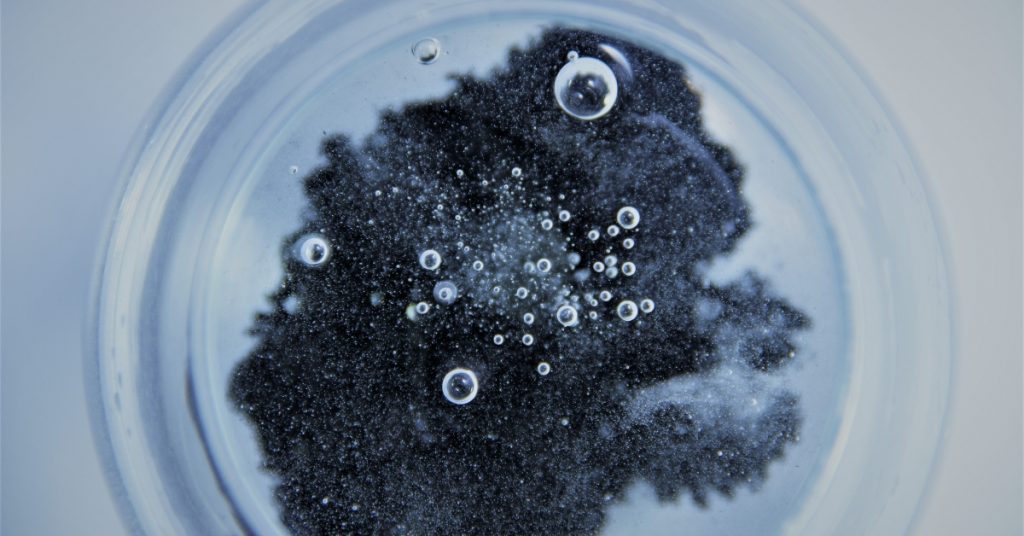Clean and safe water is a fundamental need, yet for many communities across Bangladesh, access remains inconsistent due to pollution, salinity, and inadequate infrastructure. In such a scenario, the activated carbon filter has emerged as a reliable and cost-effective solution for both household and industrial water purification. This blog explores how activated carbon filters work, what they remove from water, and their increasing relevance in Bangladesh.
Understanding Activated Carbon Filtration
Before diving into applications, it’s important to understand the science behind an activated carbon filter. Activated carbon, also known as activated charcoal, is a form of carbon that has been processed to have a vast network of tiny pores. This high surface area enables it to trap a wide range of impurities through a process called adsorption.
In simple terms, when water passes through an activated carbon water filter, contaminants stick to the carbon’s surface, allowing clean water to flow through.
What Does an Activated Carbon Filter Remove from Water?
One of the most common questions is: what does activated carbon filter remove from water? The answer covers a broad spectrum of contaminants, especially those that affect taste, odor, and safety.
Activated carbon filters are known to remove:
- Chlorine and chloramines
- Volatile Organic Compounds (VOCs)
- Pesticides and herbicides
- Industrial solvents
- Bad taste and odor-causing compounds
- Some heavy metals (when used in combination with other technologies)
While activated carbon filters are highly effective for chemical and organic impurities, they do not remove salts, dissolved inorganic compounds, or microbes like bacteria and viruses. That’s why they are often used as part of a multi-stage filtration system, especially in areas with high microbial contamination.
Relevance in the Context of Bangladesh
Bangladesh faces unique water challenges, from arsenic contamination in groundwater to salinity intrusion in coastal areas. In urban regions, industrial pollutants and chemical runoff are common, while rural areas often rely on shallow tube wells, which may contain organic and chemical impurities.
An activated carbon water filter can play a crucial role in bridging the gap between basic and advanced purification, especially where water may not be microbiologically unsafe but still carries chemical and taste-based issues.
Key Use Cases in Bangladesh:
- Urban Households: In cities like Dhaka and Chittagong, people use municipal water that may have high chlorine content. Activated carbon filters are effective in removing chlorine, improving the taste and smell of drinking water.
- Rural Communities: Where tube wells are the primary source, activated carbon can remove organic pollutants and pesticides, especially in agricultural zones.
- Food and Beverage Industry: Companies involved in bottled water, juices, and processed foods use activated carbon filtration to ensure the removal of odor-causing chemicals and color compounds from water sources.
- Textile and Dyeing Units: As one of Bangladesh’s largest industries, textiles consume massive amounts of water. Activated carbon is used for treating wastewater before discharge and for recycling water within the facility.
- Pharmaceutical and Chemical Plants: These sectors often require water free of VOCs and organic residues. Activated carbon filtration is a standard pre-treatment step before other advanced purification technologies like reverse osmosis.
How an Activated Carbon Water Filter Works in a System?
Typically, the filter is used as a part of a multi-stage water purification setup:
- Pre-filtration: Removes large particles like sand, silt, and rust.
- Activated Carbon Filter: Adsorbs organic chemicals, chlorine, and improves taste and odor.
- Post-treatment (if required): This could be UV sterilization, RO membranes, or ion exchange resins depending on the water quality.
The placement of the activated carbon stage is crucial—it’s generally positioned after physical filtration but before more sensitive components, protecting them from organic fouling and chemical damage.
Advantages of Using Activated Carbon Filters
- Affordable: Compared to high-end filtration methods, it is budget-friendly and effective for basic purification.
- Low Maintenance: Requires periodic replacement but minimal technical servicing.
- Environmentally Friendly: Many types of activated carbon are derived from coconut shells, a renewable resource commonly available in Bangladesh.
- Scalable: Useful in small household units and large industrial setups alike.
Limitations to Consider
While effective, activated carbon filters are not a one-size-fits-all solution. They do not:
- Eliminate pathogens
- Desalinate water
- Remove hardness or minerals.
Hence, they are best used as part of a broader purification strategy.
Future Outlook in Bangladesh
As awareness about water safety and health grows in Bangladesh, demand for reliable yet economical water purification is on the rise. NGOs, private sector innovators, and government initiatives are increasingly incorporating activated carbon water filters in rural water programs and disaster relief efforts.
Additionally, with increasing industrial regulation around water discharge, more businesses are investing in advanced water treatment systems—many of which begin with a robust activated carbon stage.
Ion Exchange Activated Carbon Filter for Efficient Water Purification
The Ion Exchange Activated Carbon Filter (ACF) is engineered for efficient removal of colour, odour, free chlorine, and organic impurities such as oil and COD from raw water. Using carbon as the filtration media, the ACF ensures high-performance purification post multi-grade filtration, operating effectively at specific flow rates of 10–24 m³/h. Designed by ASME Sec VIII, Div-I or IEI good engineering practices, the unit comes with construction options in MS, MSRL, or SS 316, and frontal pipework in PVC, MS, MSRL, or SS 316. With its ability to handle higher specific velocities and the option to use raw water for backwashing, this filter safeguards downstream systems, particularly RO membranes and ion exchange resins, against damage from oxidation and organic fouling.
Conclusion
In a country where water sources are diverse yet often contaminated, the activated carbon filter offers an efficient and accessible solution. Whether it’s for a household trying to eliminate bad taste from tap water or an industry striving to meet environmental norms, this filtration method continues to prove its value.


